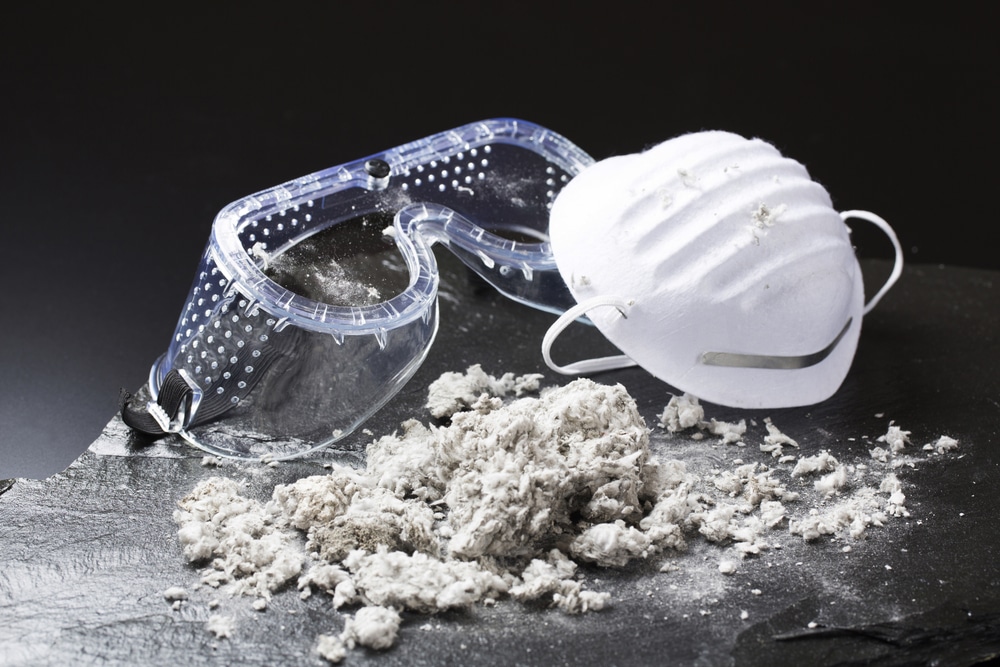7 Risk Factors for Mesothelioma

Asbestos-related diseases (ARD) affect thousands of people each year. Exposure to the cancer-causing mineral asbestos is a significant cause of death worldwide. According to a 2017 study, around 237,000 people die from asbestos exposure annually.
Mesothelioma is one of the most devastating asbestos-related diseases. It manifests as a cancer of the mesothelium in the lungs or abdominal cavity, and it destroys the inner lining of most organs. Symptoms begin with body pain, shortness of breath, and cough. Later on, as cancer spread throughout the body, weight loss, chest pains, and unusual lumps start to appear. Patients develop cancer in different body organs near the end-stage mesothelioma and only live one or two years.
Risk factors are variables that increase the chances of developing this cancer. The presence of these variables predisposes a person to mesothelioma. However, it does not mean every person with a risk factor will become ill: but their chances of getting mesothelioma are more than others. Here are seven risk factors that can help you determine your risk to mesothelioma.
1. Asbestos Exposure

Asbestos exposure is the prime risk factor of mesothelioma: more than 90% of cases occur due to asbestos exposure. Asbestos exposure happens at the workplace or in areas where levels of asbestos are naturally high.
Workers who develop mesothelioma due to high levels of asbestos at the workplace often file a lawsuit with law firms like simmonsfirm.com to acquire compensation for their loss. This compensation can aid in the medical treatment of tissue scarring and cancer resulting from inhalation or ingestion of asbestos fibers. Inhalation of asbestos fibers results in pleural mesothelioma as asbestos fibers accumulate within the pleural membrane of the lungs, and ingestion of asbestos leads to the accumulation of fibers within the abdominal lining.
In both cases, asbestos causes inflammation, scar formation, and cancer. The appearance of mesothelioma symptoms due to asbestos exposure can take up to 20 years and depends upon the length of exposure and amount of asbestos. Even after the exposure ends, the probability of developing mesothelioma does not decrease.
2. Age

A crucial determinant of most health problems is age. As the person gets older, their immune system becomes weak and cannot fight most diseases, due to which they frequently become ill. Similarly, their cell turnover and body strength decrease with time. These factors, along with previous asbestos exposure, increase the risk of the elderly to mesothelioma.
As a result, most patients are in their 50s. However, the latency period of mesothelioma also plays a vital role. The latency period of mesothelioma is 20-50 years after first exposure, meaning that most people will develop signs in their 50s or 60s and will be diagnosed at approximately 74 years. However, people under the age of 50 are also prone to mesothelioma. Around 5% of cases occur in the young, and there have been 1403 deaths from 1999 to 2017 in patients under 50.
3. Genetics

Genes play a vital role in the human body. They not only determine our gender but also control the normal functioning of our bodies. Similarly, mutations in our genes can predispose us to various health problems; and individuals with such alterations are more prone to a particular disease than the rest of the public. For example, people with a mutation in the BAP1 gene are at a higher risk of mesothelioma.
This mutation of the BAP1 gene results in BAP1 tumor predisposition syndrome. In this syndrome, the BAP1 protein becomes dysfunctional and cannot suppress tumors. The unchecked rapid growth of cells results in tumors. This mutation and asbestos exposure collectively cause mesothelioma within the patient. Moreover, mesothelioma patients also pass the mutated gene to their progeny, thus increasing their risk.
4. Exposure to Radiation

Just like asbestos, extreme radiation exposure can result in mesothelioma. Radiation damages the DNA of normal cells and disrupts their growth. Moreover, some radioactive substances like thorium dioxide also cause mesothelioma. Therefore, high radiation levels in a patient’s chest or abdomen due to medical treatment or occupation can increase their risk of mesothelioma.
5. Exposure to Zeolite

Many substances in our environment also function as a potential risk factor for mesothelioma. One such substance is a mineral called zeolites. Zeolites are naturally occurring minerals that have properties similar to asbestos. They are present in marine basins, volcanic rocks, and volcanic ash. Erionite is a type of zeolite that exists in various areas of Turkey and the United States of America.
Erionite exposure in these areas has been a cause of mesothelioma. Like asbestos, Erionite accumulates in the body and destroys body tissues resulting in an increased risk of mesothelioma. In addition, synthetic zeolites present in animal feed, pet litter, and detergents pose a threat and can lead to cancer.
6. Gender
Many diseases are prevalent in men, while some are prevalent in women. Thus, gender determines how susceptible a person is to a particular health problem. In the case of mesothelioma, men are more vulnerable than women. Approximately 44,538 patients are men, while 13,119 patients are women.
Similarly, death rates are also higher in men. The latency period of mesothelioma is also different in both genders; men have a latency period of 30-40 years while females have a latency period of above 50 years. This difference is that men are more prone to asbestos exposure at work than women are.
7. A person’s lifestyle

How an individual spends their life markedly affects their health. Healthier lifestyles result in lesser chances of health problems. However, poor nutrition, alcohol consumption, and smoking can increase the chances of cancer.
An unbalanced diet destroys the DNA and membranes by increasing the number of free radicals in the body, thus resulting in cancer. Alcohol consumption also increases the chance of cancer by 10%. In addition, smoking damages the lung alveoli, making it easy for asbestos to pile up within the lung and cause mesothelioma. Smoking also destroys the other body organs like the heart, making it harder for patients to recover from mesothelioma.
Conclusion:
A mesothelioma is an aggressive form of cancer. It can develop in various body areas like the peritoneum, pericardium, testes, and pleural membrane. It considerably reduces the life expectancy of patients by damaging the body tissues.
Several factors like asbestos exposure, lifestyle, age, gender, radiation exposure, and zeolites exposure can increase the risk of mesothelioma in individuals. Controlling such factors can help bring down the chances of mesothelioma. Treatments for it do not fully cure the disease but improve chances of survival in patients.



